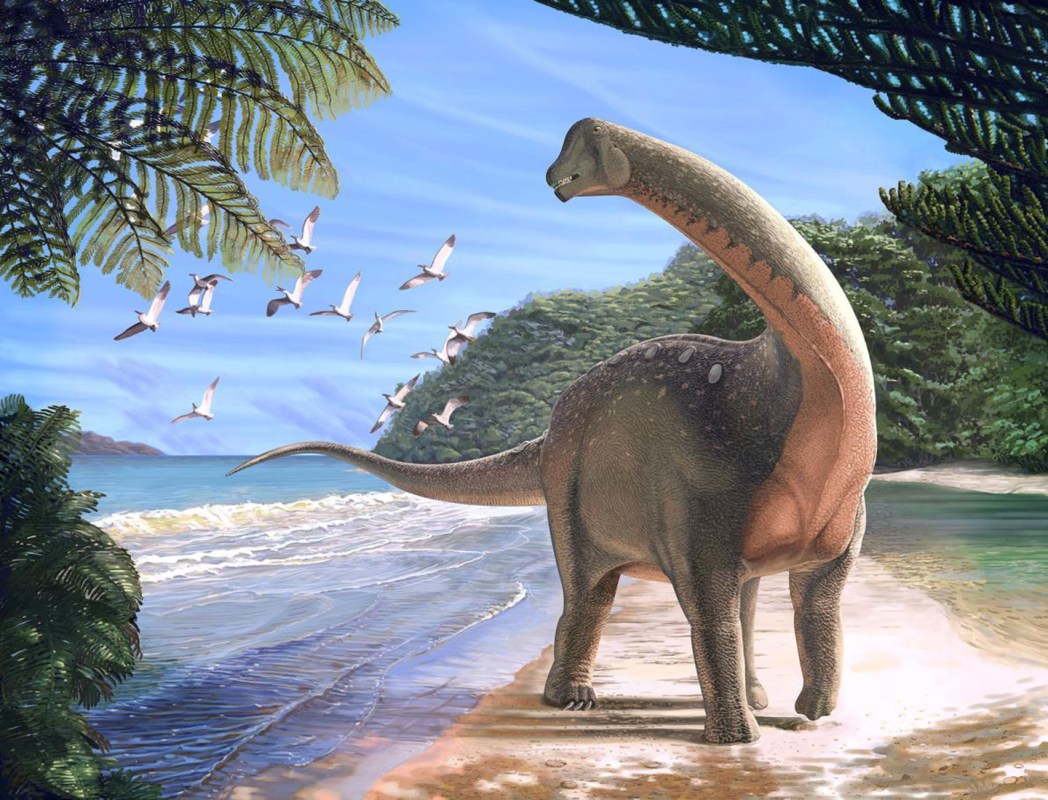We know that long-necked dinosaurs were the largest animals that ever walked the earth. The plant-eating giants, called sauropods, could stretch up to 120 feet from head to tail and could weigh up to 70 tons. But a recent study upends the sauropods’ conventional origin story.
A new Chinese species of sauropod named Lingwulong shenqi—the “amazing dragon of Lingwu”— implies that some of the major groups of Earth’s largest animals actually originated some 15 million years earlier than previously thought, reports National Geographic.
This announcement comes just weeks after another paper revealed that sauropods’ early days were a time of evolutionary experiment and that an ancient cousin of classic sauropods, called Ingentia prima—“the first giant”— actually started on the path to hugeness millions of years before the classic long-necked dinosaurs.
“I love these papers, as they are both game-changers,” said University of Edinburgh paleontologist Steve Brusatte, the author of The Rise and Fall of the Dinosaurs and a National Geographic explorer, to National Geographic. “It’s not so much that what we thought we knew about sauropods was wrong, but just that some of the key events in their evolution happened many millions of years before we used to think.”
Thanks for reading InsideHook. Sign up for our daily newsletter and be in the know.


















